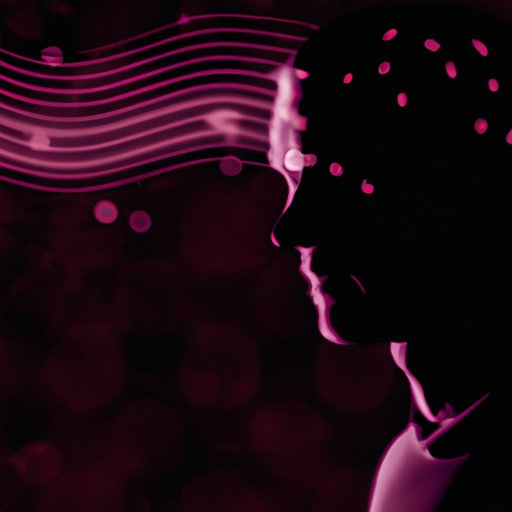
Introduction
Head injuries are more common than one might think. Anything from a minor bump on the head to a severe traumatic brain injury can be categorized as a head injury. Many perceive head injuries as standard accidents that result in dizziness or headaches, but they can, in fact, be much more fatal, even years later. The long-term consequences of head injuries cannot be denied, and it is up to us to know and understand these implications.
The Hidden Dangers of Head Injuries: Why a Bump on the Head Could Be Deadly Years Later
Head injuries can be incredibly dangerous, even if they seem minor at first. Physical damage can occur to brain tissue, and this damage can continue to change and develop over time, even years after the original injury. There are a number of examples of seemingly minor head injuries that have led to serious long-term consequences. Consider Natasha Richardson, the actress who died from a traumatic brain injury after a ski accident, or former boxer Muhammad Ali, who battled Parkinson’s disease for years after suffering repeated blows to the head. These are just two examples of how a head injury can have impact long after the initial event.
The Long-Term Consequences of Head Injuries and How to Prevent Them
There are various long-term consequences that can arise from head injuries, including memory deficits, mood and behavioural changes, and Alzheimer’s disease. Preventing head injuries is critical, and can be achieved through simple actions such as wearing helmets while cycling or playing contact sports, taking steps to prevent falls, and avoiding risky activities where possible. Minimizing the severity of a head injury is also essential in preventing long-term consequences. Early detection and quality medical care after a head injury can make all the difference.
Can a Concussion be Fatal Years Later? What the Science Says
Concussions, a mild form of brain injury caused by a bump, blow, or jolt to the head, can be harmful and potentially even fatal. Research has shown that repeated concussions can lead to chronic traumatic encephalopathy (CTE), a degenerative brain disease associated with memory loss, confusion, aggression, and depression. While studies have shown that the likelihood of death from a concussion is low, the risk increases for those who experience multiple concussions or persistent symptoms following a concussion.
Understanding the Link Between Head Injury and Long-Term Health Consequences
Long-term health consequences that can arise from head injuries include cognitive deficits, personality alterations, and mood disorders. These consequences can be caused by biological mechanisms such as inflammation, chemical imbalances, and reduced blood flow to the brain. Treatments for these consequences range from medication to cognitive rehabilitation therapy to lifestyle changes such as exercise and proper nutrition.
TBI and the Lasting Effects: Examining the Risk of Death from Head Injuries
Traumatic brain injury (TBI) is a more severe form of head injury, often resulting from a forceful blow or jolt to the head or body. The potential long-term consequences of TBI include problems with memory and learning, as well as physical and mental disabilities. The risk of death from TBI varies depending on various factors such as the severity of the injury, age of the individual when the injury occurs, and access to prompt and effective medical care. The best way to mitigate this risk is through prevention and early detection and treatment of TBI.
When a Head Injury is More Than Just a Bump: The Long-Term Risks of Traumatic Brain Injury
Persons living with severe TBI can face daily challenges that are often life-changing. These challenges can include cognitive deficits, mood changes, and physical disabilities. While each person’s experience with TBI is unique, it is essential to recognize that even seemingly small changes in a person’s personality, mood, or behaviour can signify serious long-term consequences from TBI.
Exploring the Connection Between Head Injury and Mortality in the Years Following the Initial Event
While the risk of mortality from a head injury is low, it is not uncommon for mortality to occur years after the initial injury. Factors such as age, severity of the injury, and access to proper medical care can all play a role in mortality rates. Continued medical care and monitoring are essential to detecting and preventing long-term consequences and to minimizing the risk of mortality.
Conclusion
Head injuries can have a significant impact on an individual’s life, both in the short and long-term. Knowing the risks and understanding how to prevent head injuries and how to treat them as promptly as possible can help minimize the risk of long-term consequences and mortality. As individuals and communities, it is important to take head injuries seriously and support the prevention and treatment of these injuries.




